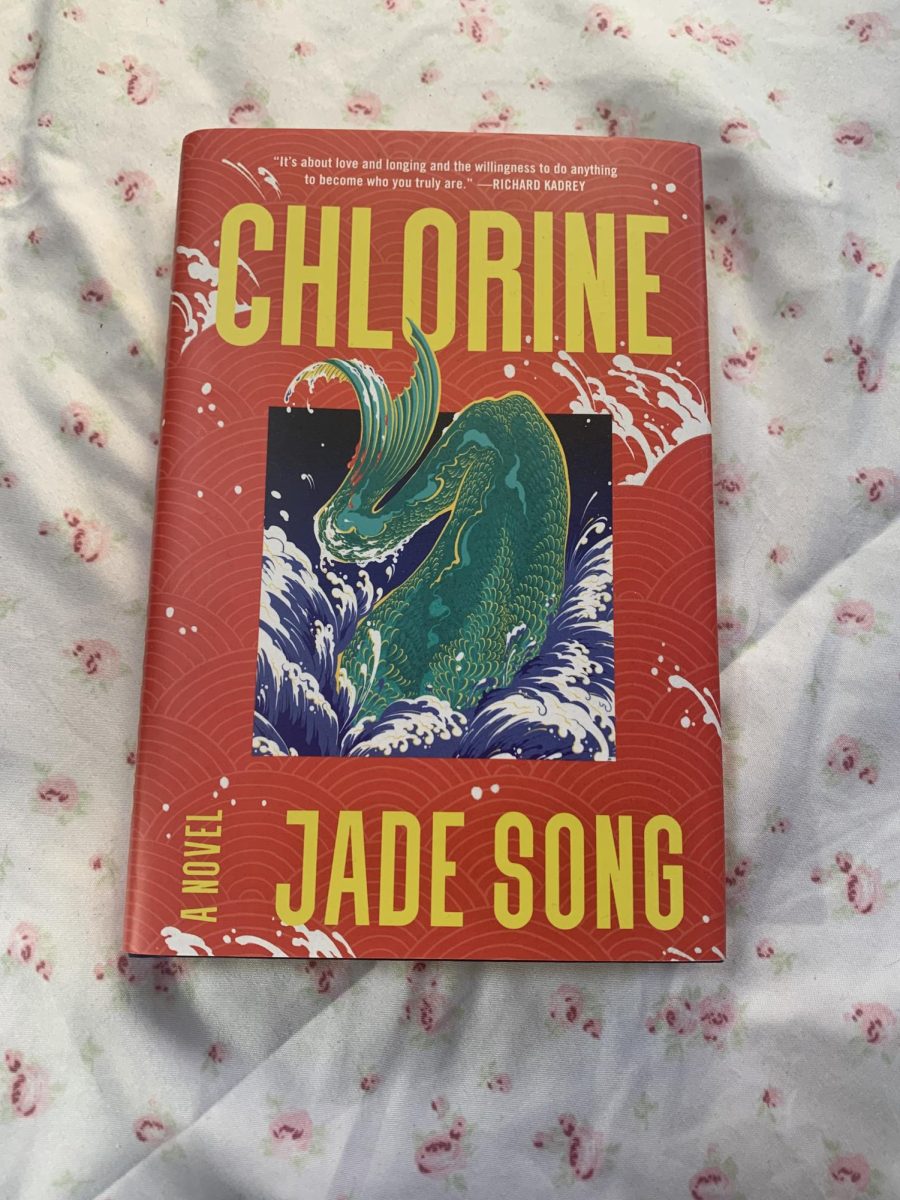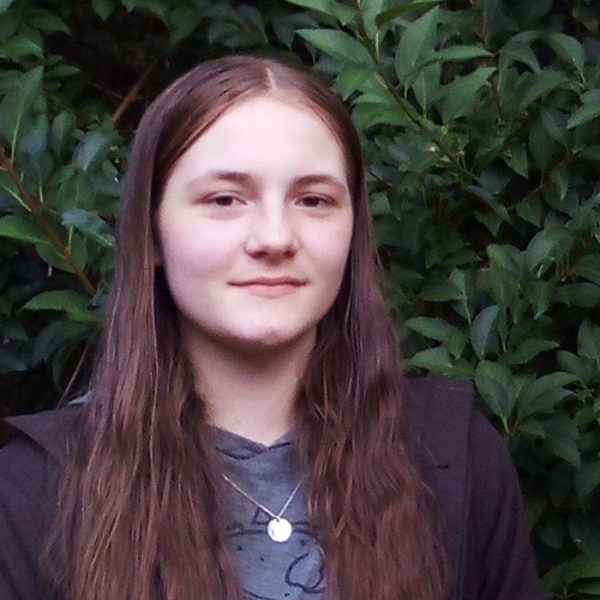There aren’t a lot of movies out today that are similar to “Sometimes I Think About Dying.” Filmed mostly in Astoria, Oregon, the foggy backdrop of forests, ocean, bridges, and steep roads creates an illusion of isolation. Even sitting in the audience you feel the character’s loneliness. Labeled a rom/com by Google, this film is more concerned with the complexity of people than with its one romantic subplot and sparse jokes.
Many elements to this film that make it shockingly, yet refreshingly beautiful in the wake of many CGI-filled movies. In many, if not all, scenes, the camera remains static, as if we as viewers are always hovering awkwardly, and observing silently as life plays out before us. But we are not simply passive viewers, we are inside Fran (Daisy Ridley), the protagonist’s head. Recurring scenes in the forest, on the beach, and in the basement of an office building give us a glimpse into how we might visualize the complexity of human emotion.
This film is not heavy on dialogue, instead visuals tell the story. The snake behind Ridley in the office basement. That same snake at her desk. Bugs on a rotting piece of cake. Bugs crawling over Ridley’s hands as she lies, motionless, on the mossy floor of a forest. A shelter of driftwood on a beach, cold and unforgiving or glowing with warmth. This film uses many shots of scenery and landscapes, making it hard to differentiate a character’s imagination from reality.
The dialogue in this film is between background characters; awkward and realistic attempts at small talk. Small talk informing us that cottage cheese is, in fact, not a cheese but a curd. Small talk with movie references and bad jokes. “It would be uncomfortable to watch,” says Fran, while eating dinner with one of her coworkers, Robert (Dave Marheje) and discussing films. Yes, it is uncomfortable to watch, but also validating to see a movie full of people who can’t hold a conversation and who don’t know what to write in a congratulatory card.
“It’s hard being a person,” Fran’s coworker Carol (Marcia DeBonis) tells her. Carol is reflecting on her life after her husband had a stroke. The pain woven into this scene is conveyed in a stunning and realistic fashion. It’s hard to capture that on a camera and present it in a theater, but this film manages it. It doesn’t shy away from how dark our own thoughts can be. In the final scene, Fran discusses hanging from the crane outside her office window, “not because I want to,” she whispers, “but because I wonder how it would feel. Just something I think about from time to time.”


!["About The Weather" was released in 2023 as the first album by Portland emo band, Mauve. [About The Weather Album Cover]](https://beavertonhummer.com/wp-content/uploads/2024/05/AboutTheWeather.jpg)






